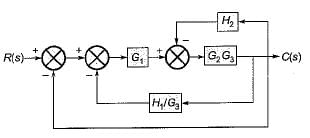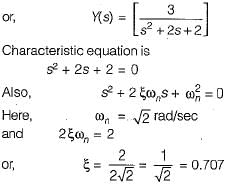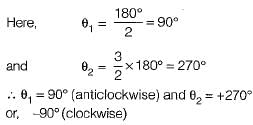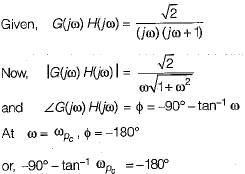Test: ESE Electrical - 2 - Electrical Engineering (EE) MCQ
30 Questions MCQ Test - Test: ESE Electrical - 2
Consider the circuit graph shown in fig. Each branch of circuit graph represent a circuit element. The value of voltage v1 is:
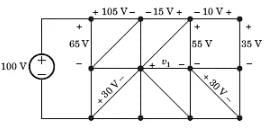

Consider a current source i(t) connected across a 0.5 mH inductor, where i(t) = 0 A for t < 0 and i(t) = (8e-250t - 4e-1000t) A for t ≥ 0. The voltage across the inductor at t = 0 s is
What is the voltage across the 5 ohm resistor if current source has current of 17/3 A?
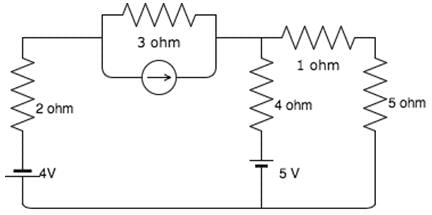
In a delta-connected load, the relation between line voltage and the phase voltage is?
The three impedances Z1 = 20∠30⁰Ω, Z2 = 40∠60⁰Ω, Z3 = 10∠-90⁰Ω are delta-connected to a 400V, 3 – Ø system. Find the phase current IY.
If the radius of a sphere is 1/(4π)m and the electric flux density is 16π units, the total flux is given by,
The auto-correlation function Rx(τ) satisfies which one of the following properties?
X(z) of a system is specified by a pole zero pattern in fig.
Consider three different signal
fig.shows the three different region. Choose the correct option for the ROC of signal
R1 , R2 , R3
Given the transform pair below. Determine the time signal y(t) and choose correct option.
Q.
Given the transform pair
Determine the Laplace transform Y(s) of the given time signal in question and choose correct option.
Que: y(t) = x(t - 2)
Consider a periodic signal x[n] with period N and FS coefficients X [k]. Determine the FS coefficients Y [k] of the signal y[n] given in question.
Que: y[n] = x[n] - x[n + N/2 ] , (assume that N is even)
Consider a periodic signal x[n] with period N and FS coefficients X [k]. Determine the FS coefficients Y [k] of the signal y[n] given in question.
y[n] = (-1)nx[n], (assume that N is even)
Determine the Fourier series coefficient for given periodic signal x(t).
Que: x(t) as shown in fig.
A single tone 4 kHz message signal is sampled with 9 kHz, 7 kHz and 5 kHz. Aliasing effect will be seen in the reconstructed signal, when the signal is sampled with
If X(k) is the DFT of x(n) which is defined as x(n)=x1(n)+jx2(n), 0≤ n≤ N-1, then what is the DFT of x1(n)?
What is the number of filter coefficients that specify the frequency response for h(n) symmetric?
What is the number of filter coefficients that specify the frequency response for h(n) anti-symmetric?
The Laplace transform of a transportation Iag of 10 seconds is:
The ratio C(s)/R(s) for the system shown in figure below is

Assertion (A): A system is said to be stable if the impulse response approaches zero for sufficiently large time.
Reason (R): If the impulse response approaches infinity for sufficiently large time, the system is said to be unstable
The open-loop transfer function of a unity feedback control system is given by:

The centroid and the angle of root locus asymptotes are respectively
The gain margin of a control system having the loop transfer function G(s)H(s) = 


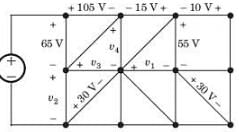
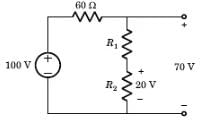





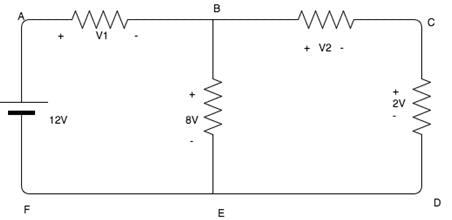
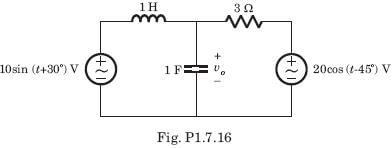


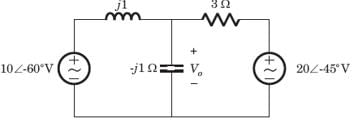




 ..........(i)
..........(i)


